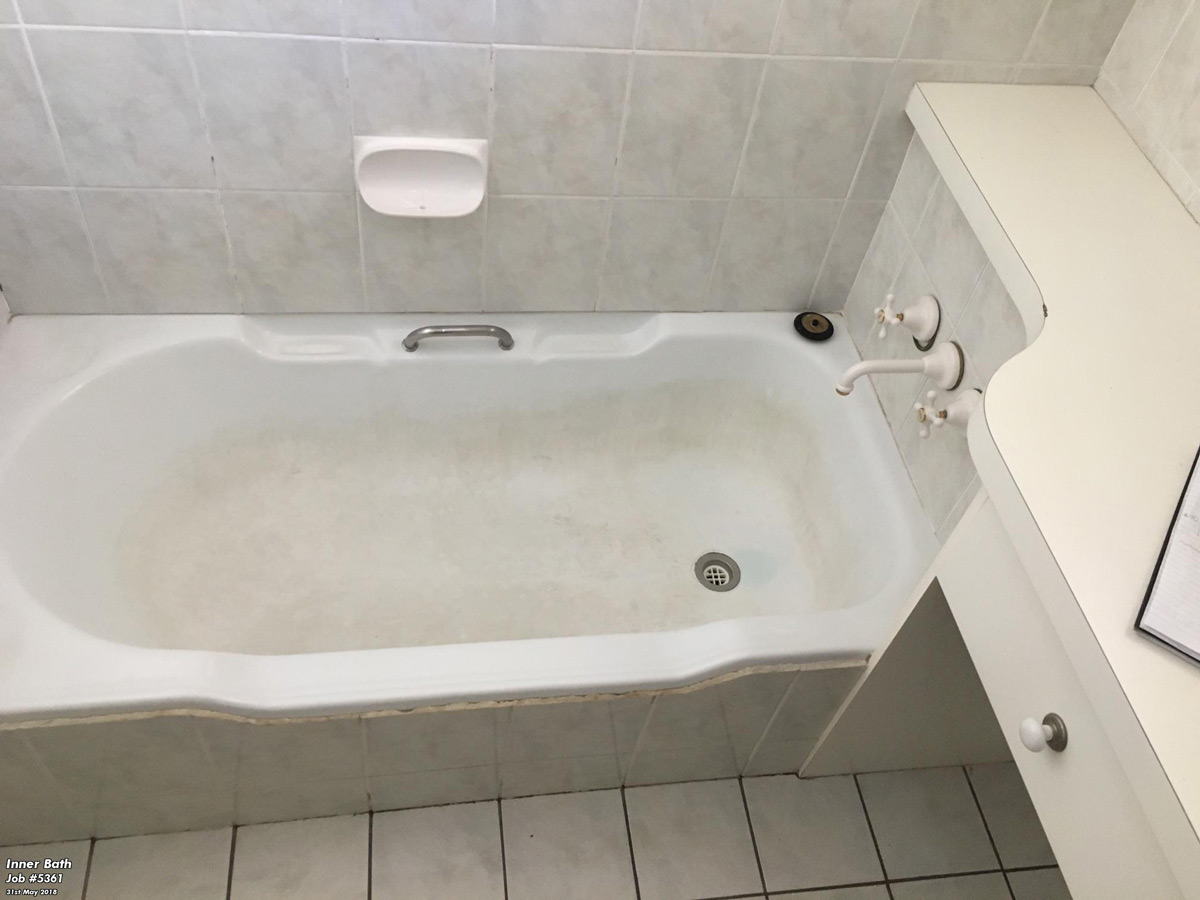5 Things No One Tells You about Shower & Bathtub Wall Panels
5 Things No One Tells You about Shower & Bathtub Wall Panels
Blog Article
{Visit Link Almost everyone has their own idea with regards to Finding the Right Plumbing Expert. Certain off-the-shelf cleaning products are safe to use with acrylic. You want to read the labels on the bottles to ensure you pick one that is acrylic-safe. Some of the more popular brand names that are perfect to use include: Wet the shower walls down before applying the cleaning product. Next, apply a liberal amount of cleaner to the shower. Wait about 10 minutes for it to work. Then rinse the cleaning product off. Use a microfiber soft cloth to wipe off any excess cleaners or to scrub difficult stains. The citric acid in citrus fruits is acrylic-safe. You can use lemons, grapefruit, or limes. Cut the fruit in half and remove any seeds. Gently rub the fruit on the shower walls and other areas you want to clean. As you do, apply a small amount of pressure to let the juices out. Wait for about 20 minutes for the citric acid in the fruit to penetrate and remove hard water stains, mold, and mildew. Rinse off using warm water and wipe down with a clean microfiber soft cloth. Another option is to make your own acrylic-safe cleaning product. You will need an empty spray bottle. Do not use a spray bottle that had another cleaning product in it previously. Instead, pick up a never-been-used spray bottle from your local retailer. Once you have your spray bottle, fill it half with white vinegar and half with warm water. You don’t have to fill the bottle full, and you can mix smaller amounts. Make sure to shake the bottle before using the homemade cleaner, to thoroughly mix the vinegar and water together. Spray the vinegar/water cleaner onto the shower walls, coating them with a sufficient amount. Allow the solution to sit and work for at least 30 minutes. For heavier hard water stains and soap scum buildup, leave it one for up to an hour. Use a dry microfiber soft towel to scrub areas before rinsing them. Rinse the entire shower with hot water when done. For problem areas, you can sprinkle some baking soda on the shower walls and let the natural reaction remove the stain. If you do not like the smell of vinegar, you can also use a mixture of hydrogen peroxide and warm water for the cleaning solution. For difficult areas, sprinkle on some cream of tartar, and it will cause a foaming reaction like vinegar and baking soda. All of these three methods are the best ways to clean your acrylic show and keep it clean. Just be careful, if you decide to try a different one than you are currently using, that you thoroughly rinse the shower out first before using a different cleaning method. https://americanbathind.com/blog/the-3-best-ways-how-to-clean-an-acrylic-shower/ I am very curious about Hiring a Plumbing Expert and I hope you enjoyed reading my page. Are you aware of somebody who is very much interested in the niche? Please feel free to share it. Thanks for your time. Visit again soon.
Polymer baths, shower trays, as well as other acrylic bathroom ware have become much more usual in shower rooms in recent times. Not as stylish as well as long lasting as enamel and porcelain baths as well as components, they are a lot more budget-friendly as well as serve pretty much the exact same standard purpose. Some usual examples of damages to acrylic bathroom components include staining, fractures, holes, etc.Damaged shower or bath surface
Polymer shower room components are not abrasion-resistant like enamel selections. They are more susceptible to scrapes and also much less resilient. Being an extremely soft product, acrylic scrapes can also be hidden without covering or dental filling. For these, you need to look for specialist help for your bath fixings. As an avoidance tip, prevent utilizing rough sponges when cleaning. Instead, you should utilize a basic liquid cleaner with a soft pad.Chain reaction
Often, people attempt to paint the whole surface area of their acrylic bathroom by themselves either since they do not like the shade to hide blemishes. You must never ever use paint remover on acrylic baths. Paint eliminators do not react with the surface area of metal baths, they destroy acrylic bathrooms irreversibly.Bathroom Staining
With long term use of acrylic bathrooms comes staining or discoloration. While some discolorations can be gotten rid of quickly, using unique chemicals, others need that the bath be resprayed. Aromatherapy oils loosen the dust in some cases consequently bring back the bathroom to its former magnificence.Cracked Polymer Baths
The lifespan of acrylic and fiberglass bathrooms is up to 15-20 years for shower pans and baths, generally. Cracks in an acrylic shower tray are most likely amongst the simplest issues to repair for a repair service expert. This is the same for PVC, resin, and various other such materials.
Polymer bathrooms, shower trays, and various other acrylic shower room ware have actually ended up being much more usual in shower rooms in recent times. You must never ever use paint eliminator on acrylic bathrooms. Paint eliminators do not react with the surface of steel bathrooms, they ruin acrylic baths irreversibly. With prolonged use of acrylic bathrooms comes discoloration or discoloration. The life-span of acrylic as well as fiberglass baths is up to 15-20 years for shower frying pans and bathrooms, typically.The 3 Best Ways – How to Clean an Acrylic Shower
Cleaning Method 1: Use an acrylic-safe cleaning product.
Cleaning Method 2: Use citrus fruits.
Cleaning Method 3: Make your own acrylic-safe cleaning product.

Plumber Locations